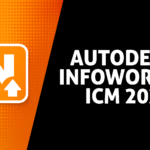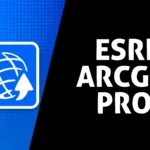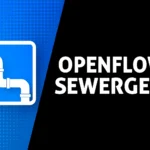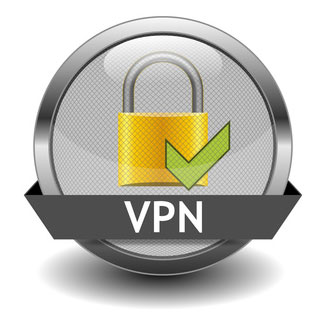SCADA Software Free Download 2025
SCADA Software 2025 Free Download Latest Version. It is full offline installer standalone setup of SCADA Software Getintopc.
Overview of SCADA Software
SCADA (Supervisory Control and Data Acquisition) software is used to monitor, control, and manage industrial systems in real-time. You may find SCADA in factories, energy plants, water treatment facilities, and other applications that use machinery, sensors, or other large pieces of equipment that can be monitored centrally. Instead of manually looking at every device, the SCADA software allows you to bring everything to a single user interface that enables operators to review real-time data, examine trends, and respond to circumstances quickly. Typically, a SCADA software system connects to PLCs, RTUs, sensors, meters, machinery, and devices in the field. In this example, the SCADA software will aggregate data from multiple devices and present it to the user through dashboards, charts, alarms, and command screens.
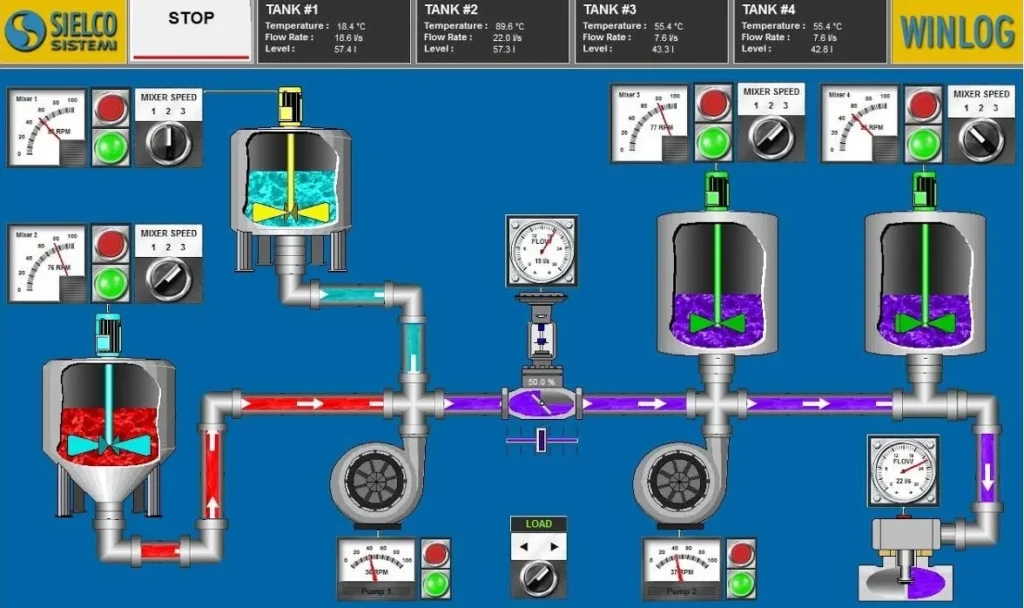
The SCADA system makes it easier for technicians and operators to monitor equipment status, track production, and adjust parameters, even when the operator is not in proximity to the machine. Many SCADA software platforms are now designed to allow remote monitoring of engineered systems, allowing for plants to be monitored from control rooms and even remotely outside the facility. Because many industries require continual uptime, SCADA software is designed for resilience and quick response time. SCADA software can retain data logs, alert users when equipment exceeds defined limits, and even assist with alarms before equipment downtime. SCADA software platforms today have evolved to include reporting, scripting, and security features as a baseline for all applications.
Key Features of SCADA Software 2025
- Live Monitoring: SCADA software instantaneously provides visibility into operations and displays the status of equipment, sensor readings, alarms, and system operations in consolidated dashboards.
- Data Collection & Storage: It continuously acquires data from PLCs, RTUs, sensors, and other field devices, and logs it for later analysis, auditing, or regulatory compliance.
- Alarm Handling: The system alerts users when important parameters such as temperature, pressure, or speed exceed safe operating limits, enabling operators to mitigate the risk of failure or safety issues.
- Remote Operation: The operator can change settings, restart machines, and open or close valves from a central screen, and can also supervise equipment in large, unfenced, or distributed facilities.
- History of Trends: Inherent charting and trend tools allow users to analyze performance data over long periods to discover trends and predict maintenance efforts.
- Custom Dashboards: Users may build customized dashboards that consist of gauges, diagrams, flow charts, and visual indicators that are tailored to the layout and the needs of their system.
- SCADA–PLC Integration: The software can be integrated with all major PLC brands using standard industrial communication protocols such as Modbus, OPC, and Profibus.
- User Access Control: Role-based access control ensures that any operator, engineer, or administrator can only perform the functions they are authorized to perform.
Common Uses of SCADA Software
- Manufacturing plants
- Oil and gas pipelines
- Electrical power grids
- Water treatment and wastewater systems
- Building HVAC and energy management
- Transportation and rail signaling
- Food processing and packaging
SCADA Software 2025 System Requirements
| Component | Typical / Recommended Requirement |
|---|---|
| Operating System (Server) | Windows Server 2016 / 2019 / 2022 or a 64-bit Linux distro (depends on SCADA software) |
| Operating System (Client / HMI) | Windows 10 / 11 (64-bit) or browser-based client for web SCADA |
| Processor (CPU) | Small systems: Dual-core 2+ GHz Larger / enterprise: Quad-core or server-grade CPU |
| Memory (RAM) | Small SCADA system: ~8 GB : Medium / large: 16 GB+ (or more, depending on number of tags and logging) |
| Disk Storage | Application + logs: depends heavily on data logging rate and history depth Example (VTScada): 500 GB for small to mid systems, SSD recommended for performance. |
| Graphics (GPU) | Client machines with HMI may need a decent GPU if displaying complex graphics or trends — or a “high performance graphics card” for SCADA servers + ViewX / View clients. |
| Network / Connectivity | Gigabit Ethernet recommended for SCADA server-client communication. If historical or real-time data logging, network performance becomes more critical. |
| Other Software Requirements | – .NET Runtime (for some SCADA products) — e.g. Rapid SCADA requires .NET Runtime 8.0. – Web server (IIS or Nginx) for web-based SCADA client. |
| Redundancy / Enterprise Setup | Use server-class hardware, RAID or SSD storage for logging, and size RAM & CPU for peak clients + historical logging. For example, Geo SCADA recommends 8 GB+ RAM for 10K+ data points. |
SCADA Software Free Download 2025
Click below to start the SCADA Software Free Download. This is a full offline installer standalone setup for Windows Operating System. This would be compatible with both 32 bit and 64 bit windows.
